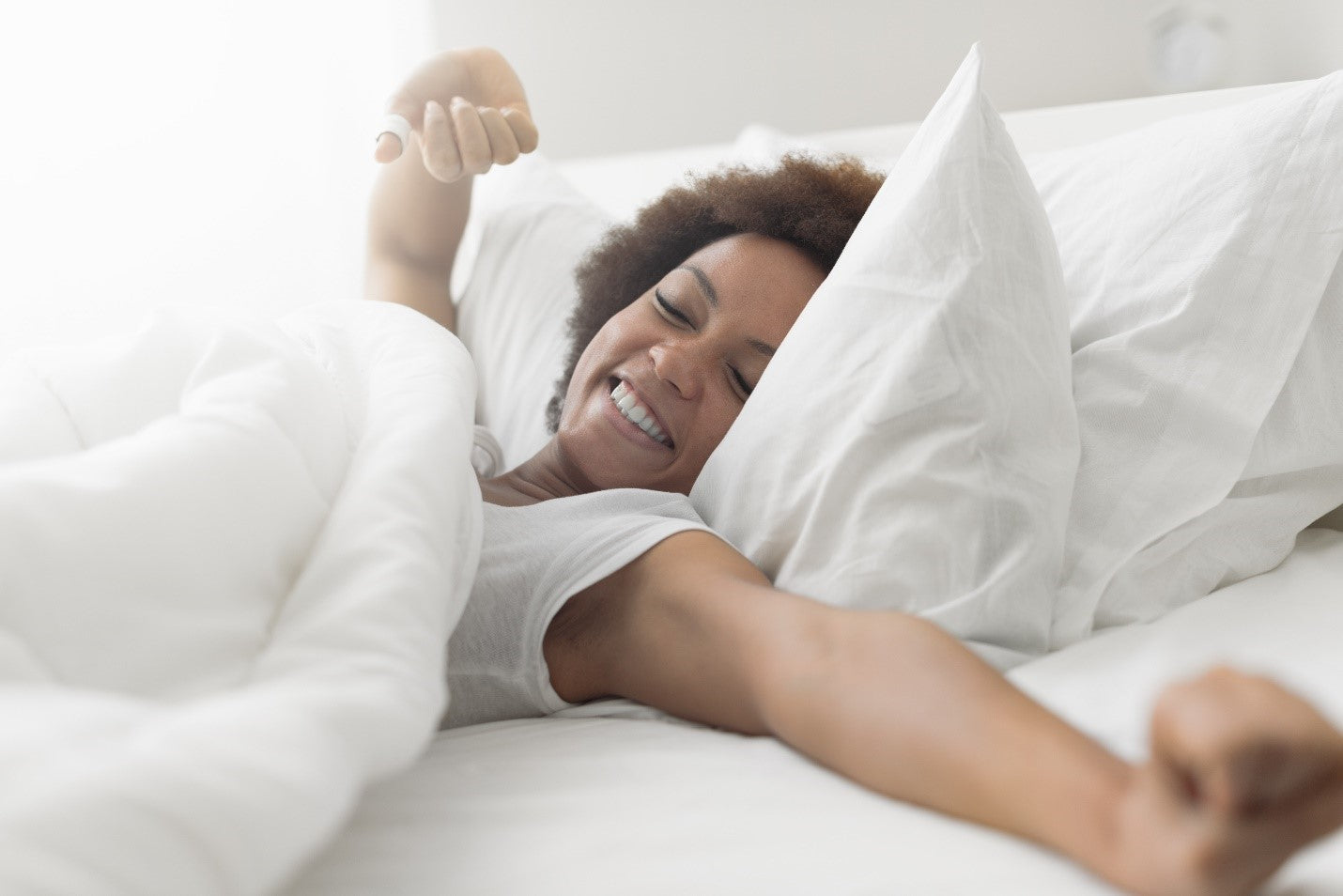
Sleep, stretching and the autonomic nervous system.
The other day, upon waking up, I noticed that I stretched reflexively. This oh-so-satisfying morning stretch, which typically occurs after a restful night’s sleep, was not initiated by me consciously. It just happened. And this astounded me.
Despite spending much of my adult life studying the autonomic nervous system, I’ve never seen anything in writing that specifically mentions stretching reflexively. Yawning, which also happens reflexively and is a part of this same autonomic response, has been studied extensively. But I don’t think the scientific community has spent much capital studying the fact that ALL mammals stretch reflexively. If you have a cat or a dog, you’ve probably seen how a stretch just seems to overtake their bodies like a wave.
Right now, you may be asking yourself, so what’s the big deal? For me, it is a big deal. If stretching is so important that the body does it automatically, doesn’t this prove its significance to our overall physical health? It’s part of our biology to stretch. So, I think we need to take this aspect of our physical health more seriously than we currently do. “Flexibility is an important component of health fitness,” reports the website AceFitness.org, “but flexibility training (systematically stretching) is often neglected, even by regular exercisers.”
Just so you know, the autonomic nervous system has two branches: The sympathetic and the parasympathetic. The sympathetic nervous system activates the fight or flight (or stress) response. The parasympathetic nervous system activates what author and former Harvard professor Herbert Benson, M.D., christened The Relaxation Response. This is the part of our nervous system that is causing us (and all other mammals) to stretch reflexively.
The first thing you need to know about these two (opposing) branches is that when one is activated the other is deactivated. So, to put it simply, if you want to turn OFF the stress response, all you have to do is turn ON the Relaxation Response. (If you’ve ever gone to a yoga class feeling a bit anxious at the beginning and left feeling totally relaxed at the end, you know exactly what I mean: You flipped the switch on your autonomic nervous system by stretching!!) So, when you wake up after a good night’s sleep, feeling relaxed and rested and the parasympathetic system is turned on, you should savor it!
Unfortunately, in adult life, we rarely get the luxury anymore of waking up slowly and fully enjoying this parasympathetic moment. For many of us – who miss out on the last two hours of sleep in a 7-8 hour sleep cycle, we also miss out on oftentimes, relaxing REM sleep (or dream sleep) and thus wake up too early, anxious and sometimes with the sympathetic system turned on instead of the parasympathetic.
Our alarm goes off, we jump out of bed and hit the ground running. We rarely, if ever, get to experience the relaxing joy of this vital parasympathetic moment where we lazily lay in bed for 5 or 10 minutes, sometimes stretching reflexively, while adjusting SLOWLY, to being awake.
After spending a day several weeks ago filming sleep expert, Dr. Brian Luke Seaward, I came away with a new appreciation for the importance of getting a FULL 7-8 hours of sleep a night. During that interview, Dr. Seaward said: “insomnia is a learned behavior.” He spent the next several hours explaining to us how to unlearn this learned behavior and a lot of interesting suggestions for how to develop new sleep habits that specifically activate the parasympathetic nervous system.
We’ll talk more about this and the importance of flexibility training in next week’s installment.





James Porter
Author